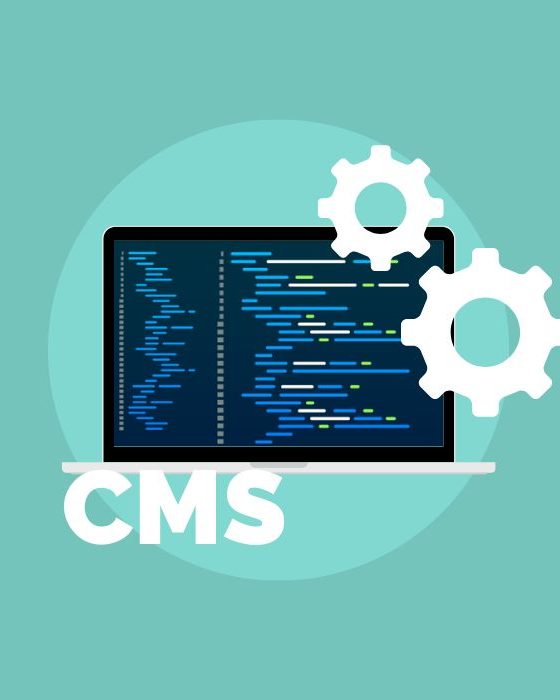Considerations when building a new website
A modern website is far more than a digital business card – it’s the centerpiece of your marketing, customer journey, and overall business. When you’re redesigning or developing a new site, it’s not just about getting a better design. It’s about creating a platform that supports your business goals, generates leads, builds trust with your audience, and acts as a tool for both marketing and sales.

Head of CMS, Webdesigner & Developer
August 22, 2025




